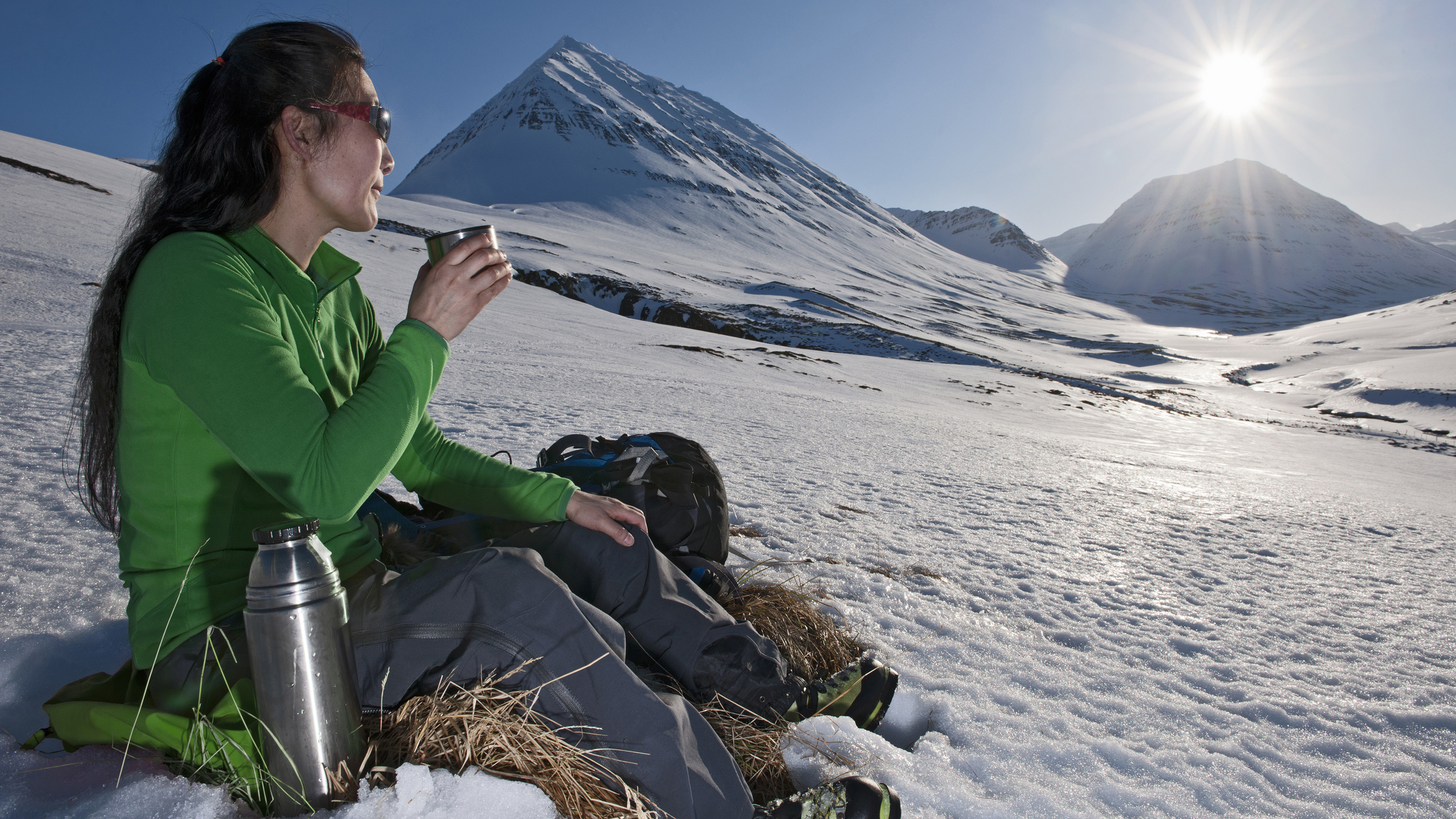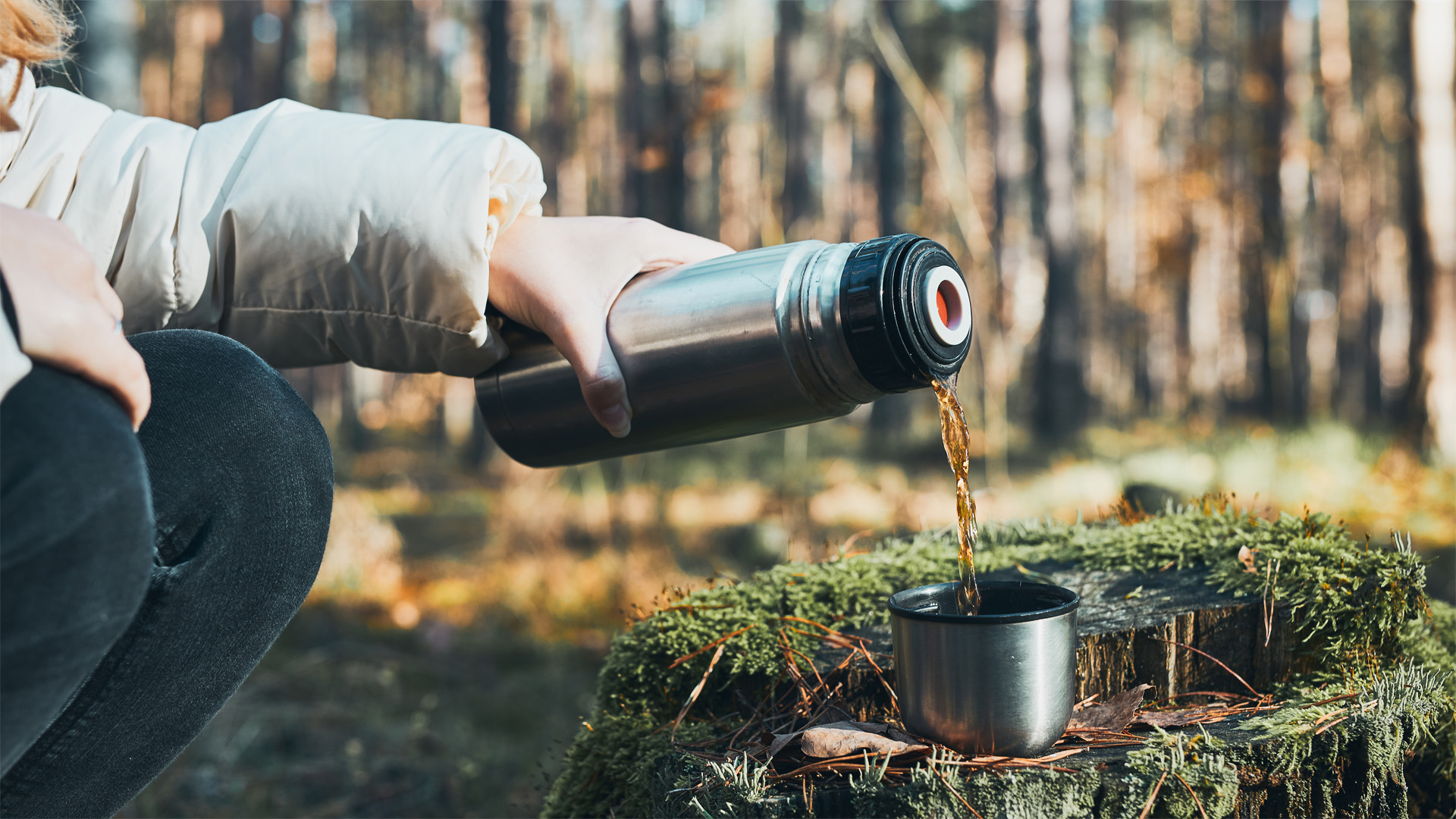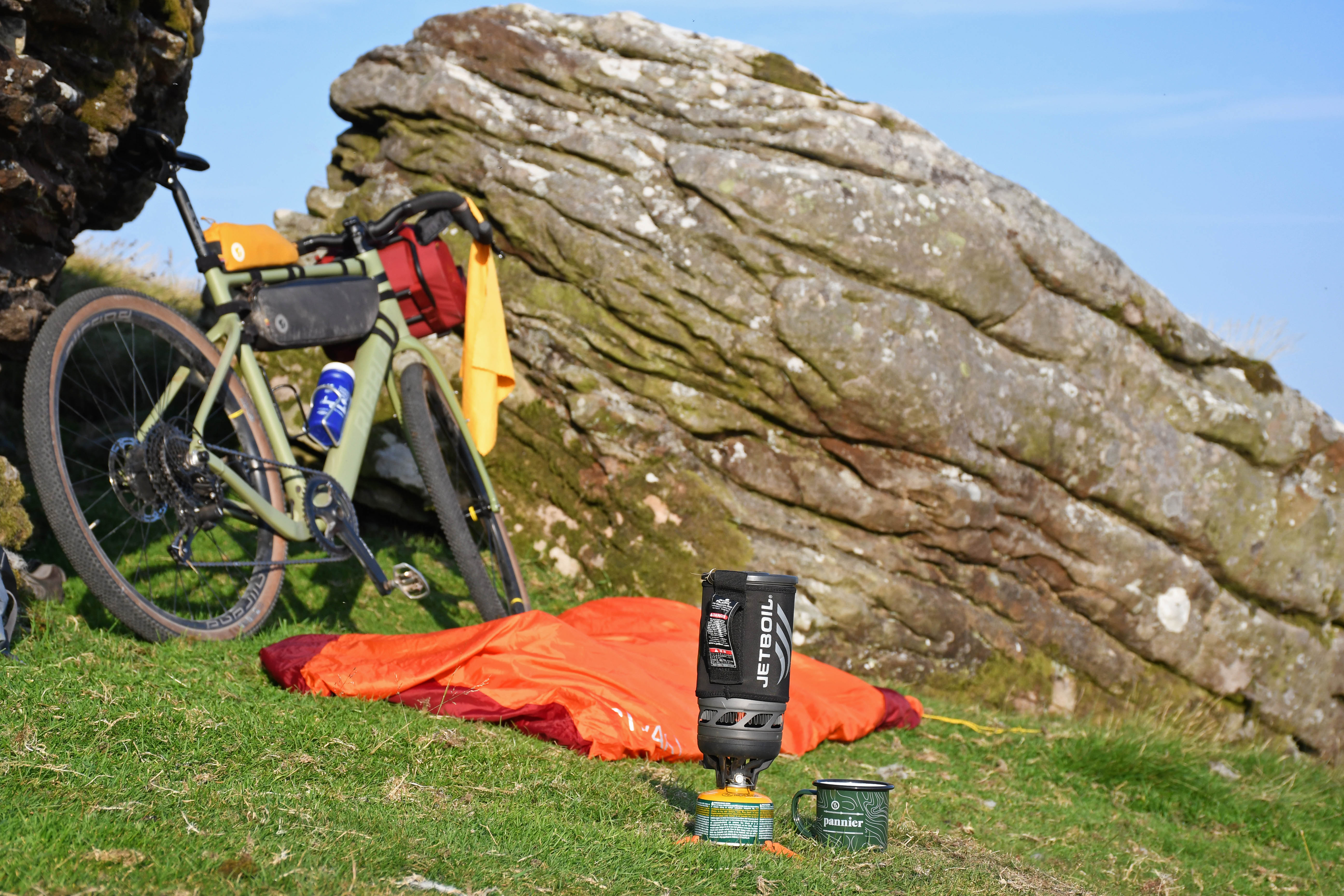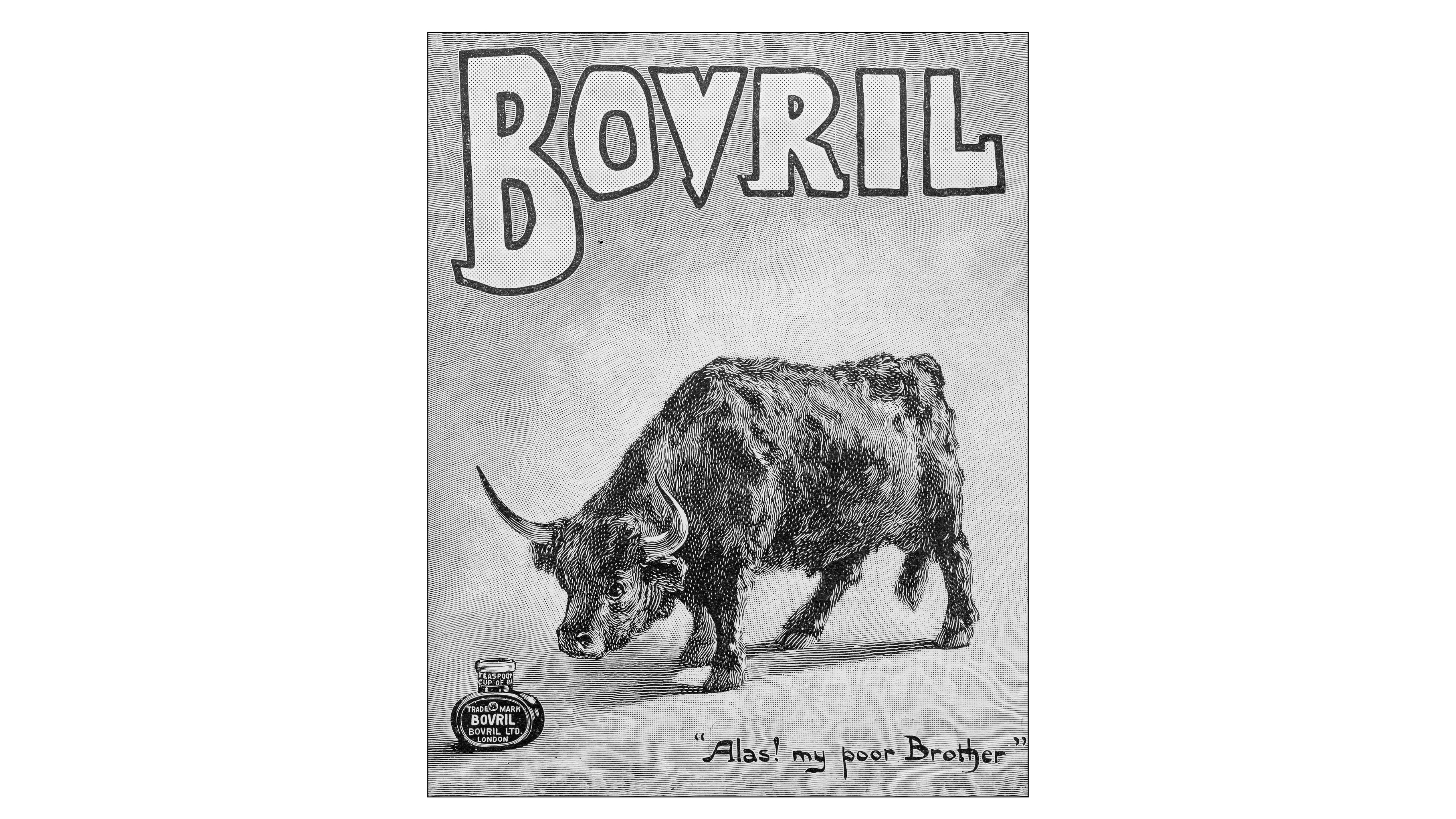How to clean a flask for that perfect taste, plus our favorite brews for the hill
Here's how to clean a flask to make sure you get that pure taste, every time and our roundup of our favorite hot beverages for the trail

Knowing how to clean a flask is important unless you want your post-lunch tea to taste a little bit like... cofftea (see what we did there?). Now then, it may be a bit of a stereotype, but us Brits love a cup of tea. However, we also adore a morning coffee or two. Plus, we're not averse to any number of other warm bevvy options, from steaming hot chocolate to mulled cider. Delicious – especially when it warms your bones on a long backcountry journey.
However, unless you've got more money than sense and more storage space than you obviously need, it's likely you don't have a separate hiking flask for every kind of hot drink you could possibly imagine. A key to keeping whatever beverage you opt for tasting like it should and not a mix of everything that has been through in the past is knowing how to clean a flask out after each outing.
Fortunately for you, we're here we explain how to do just that, before revealing our very favorite hot drinks for the trail and how to get the most out of them...
Meet the expert

As someone who has either hiked stages of, or completed, all of the UK's National Trails, Jonathan has ate plenty of meals in the hills and has enjoyed his fair share of hot beverages on the trail. Suffice to say, the former editor of the popular Country Walking magazine has cleaned a whole load of flasks in his time.
Today's best deals
How to clean a flask: quick guide

Empty, wash and thoroughly rinse your flask after every use. Don’t leave it in your hiking backpack or by the sink for a few days – the sooner you act the better. And let it dry completely before putting it away.
Use a dishwashing brush and washing up liquid to clean your flask. Avoid an abrasive scourer, and never use strong chemicals, such as bleach or chlorine, to clean it – they could damage seals.
Some flasks can go in a dishwasher. However, a dishwasher may not be able to get enough water into the farther reaches of a flask with a narrow opening. Plus, dishwashing may discolor any coating on your flask.
For more stubborn stains and smells, add some baking powder or bicarbonate of soda to a dry flask, pour in boiling water, cover the top and leave it for at least 30 minutes or even overnight, before rinsing and drying.
All the latest inspiration, tips and guides to help you plan your next Advnture!
Think about what you put in the flask in the first place – certain things (say, carrot, ginger and beetroot soup for example, or last night’s curry reheated and liquidized) are much more likely to leave residual odors and colors on your flask. See below for some great suggestions for trail drinks.
For an emergency solution, try the Stanley flask formula: pour 50g (¼ cup) of dry uncooked rice into the flask, add 90ml (3oz) white vinegar and seal the flask. Shake for 60 seconds, leave to stand for 10 minutes, and shake again vigorously for two minutes. Empty the flask and rinse with warm water before leaving to dry.
Our favorite drinks for the trails
Banish stewed tea and lame coffee from your hiking inventory and turn drink stops into a treat.
Tea
- Tea is best brewed in a pre-warmed teapot
- Don't add the milk until you're on the hill
The UK's favorite hot drink needs a little TLC to taste good on the hill. It’s best to brew it in a pre-warmed teapot, and as soon as it’s ready pour it into a pre-warmed flask. Don’t add milk to the tea at this stage – it will cool the drink and risks curdling in the flask. Instead, pack a small, well-sealed bottle of milk to use fresh when you decide to stop and admire the views.
Coffee
- Again, adding milk on the hill leads to a fresher tasting beverage

Coffee may be more forgiving than tea for being served from a flask, but once again it’s better to pre-make the coffee in a thermal beaker at home before transferring to the flask to ensure the correct strength of drink to meet your taste. Adding milk on the hill, rather than directly to the flask, means a hotter, fresher-tasting drink. For real coffee fans, fill a flask with boiling water ready to pour into an insulated coffee press mug, with the coffee grains already in the mug, when you stop for a break. Try Bodum’s Insulated Stainless-Steel Travel French Press Coffee Mug (from Amazon UK or Amazon US).
Herbal tea
- There are loads of varieties of herbal tea
- They can leave a strong taste in your flask, however
There’s an infinite variety of herbal teas to offer refreshment and hydration on the hill. A throat-warming flavor, such as lemon and ginger, really hits the spot when the mercury tumbles, while liquorice and peppermint offers a more comforting brew whose delicious smell matches its flavor (unlike some fruit teas that smell fab but taste of nothing).
Be aware that once a flask has been filled with a strong-tasting herbal tea the flavor tends to linger, which is fine if that’s all you’ll ever drink, but a nightmare if your next flask of breakfast tea of coffee has strong undertones of mint or ginger. Making herbal teas fresh on the hill with boiling water is difficult, because by the time the teabag has brewed, the drink will only be tepid.
Fresh brew
- Using a camping stove to brew a fresh coffee or tea
- It tastes better when freshly made

A flask may be convenient, but it can never match the freshness of an on-the-spot boiled cuppa. Try Jetboil’s lightning fast stove for a cup of cowboy coffee – boil the water, leave it to cool a moment, then add ground coffee and use a French press plunger to turn the stove into a cafetière. Tea always tastes best, too, when it’s made with boiling water.
DIY brew
- Use your own ingredients to brew a fresh one
Flask specialist Thermos has developed a range of recipe ideas for hot drinks in the hills. Try ginger apple tea, with a list of ingredients that includes a cinnamon stick, cloves, lemon peel, green tea and honey as well as apple juice and ginger. Or relax with lavender chamomile tea, which mixes dried lavender buds, mint leaves and chamomile leaves. See more at thermos.com.sg/recipes.
Bovril
- Bovril is a salty meat extract paste that can be made into a drink
- It was all Ernest Shackleton and co had to drink when marooned on Elephant Island

A staple of wind-whipped, UK soccer fans for generations, Bovril travels well to the hills and colder climes. Sometimes referred to as beef tea, this salty meat extract paste has a certain, old-fashioned appeal. Interestingly, despite being drank from Thermos flasks in stadiums up and down the country in England, thermoses were banned in Scotland, so the Scottish fans had to make so with plastic cups.
Anyway, enough about soccer. Bovril has solid adventure credentials too. Both Captain Scott and Ernest Shackleton warmed their cockles with a mug of beefy Bovril after a chilling four-hour march near the South Pole, while marooned on Elephant Island.
Hot chocolate
- Instant hot chocolate made with hot water provides convenience
- Nothing beats hot chocolate made with milk though
However tempting the convenience of instant hot chocolate and boiling water, when you really want the comfort blanket of a sweet, chocolatey, ‘everything-will-be-all-right’ drink, it has to be made with milk. For milk chocolate sweetness in the UK, it’s hard to see beyond Cadbury’s Drinking Chocolate, or for a richer, darker drink try Hotel Chocolat Classic 70% Hot Chocolate.
After spending a decade as editor of Country Walking, the UK’s biggest-selling walking magazine, Jonathan moved to edit Outdoor Fitness magazine, adding adrenaline to his adventures and expeditions. He has hiked stages or completed all of the UK's national trails, but was once overtaken by three Smurfs, a cross-dressing Little Bo Peep, and a pair of Teletubbies on an ascent of Snowdon. (Turns out they were soldiers on a fundraising mission.)
